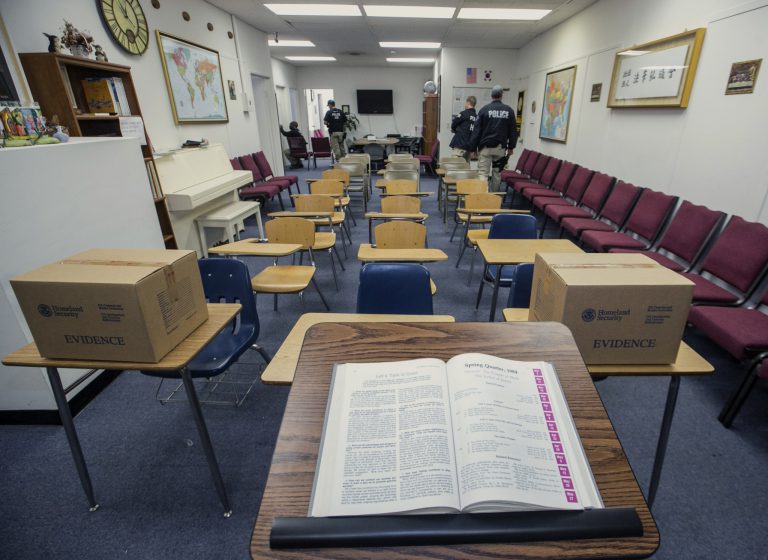
Earlier this month, US government officials released a list of more than 550 colleges and universities subject to extra monitoring for financial irregularities. The Department of Education’s watch list names universities that are under greater scrutiny, or “heightened cash monitoring,” because of concerns about their financial status or how they administer US student loans.
The government made the list public after repeated public record requests from various organizations, including Inside Higher Ed, which filed a Freedom of Information Act for the records and called the official release of the information “unprecedented.”
The 556 universities on the list, most of them US for-profit colleges, fall into two categories of cash monitoring. The vast majority of the technical schools, colleges and universities are on the lower end of heightened cash monitoring (HCM-1), meaning that federal audits of the schools’ financial records uncovered troubling financial histories or a failure to comply with financial requirements. The 487 institutions in this category have had their federal aid restricted as of March 1, 2015, and, according to the Wall Street Journal, could see delayed payouts on their federal student loans.
The 69 institutions considered HCM-2 are subject to more severe restrictions, as the category indicates that there were “severe findings” in the official audits. The Department of Education redacted 21 names of those schools in the report due to concerns that publicly naming them might interfere with ongoing investigations.
According to Inside Higher Ed, many schools made it onto the list for minor infractions like turning in financial statement late; however, others were found to have mishandled significant amounts of money.
Though many are concerned that students may steer clear of the schools on the list, viewing them as less financially stable, officials cautioned that a school’s appearance on the list did not mean it was in danger of bankruptcy or in serious financial trouble.
“Heightened cash monitoring is a step that our federal student aid office can take with institutions to provide additional oversight for a number of financial or federal compliance issues, some of which may be serious and others that may be less troublesome,” Ted Mitchell, the undersecretary of education, said in a blog post on the department’s website.
Mitchell explained that universities could be added to the list for many different reasons, including submitting late financial statements, outstanding liabilities, issues with the accreditation process, questions about financial responsibility or potentially more serious problems discovered during a routine program review.
Heightened cash monitoring, said Mitchell, is “not necessarily a red flag” but means “we are watching these institutions more closely to ensure [they] are using federal student aid in a way that is accountable to both students and taxpayers.”
The HCM-1 schools on the list included well-known colleges and universities like Alabama State University, Bard College and Urbana University. A significant percentage of the institutions on the list were technical schools or training institutions like art or cosmetology institutes.
Of the institutions on the list, 31 were not in the United States, coming from countries like New Zealand, Hungary, Dominican Republic, Poland, Israel and Bulgaria.
The UK had the highest number of universities outside the US on the list, with eight, including Birmingham City University and University of Westminster. Five Australian universities were listed, including major institutions like University of Sydney and University of Melbourne. Perhaps most surprisingly, four Canadian institutions were subject to monitoring, including the flagship University of Toronto, which was listed in the HCM-2 category.
Like this? You’ll love these…
Are private schools really better than public schools?
£6,000 tuition fees in England would likely hurt other UK students, schools







